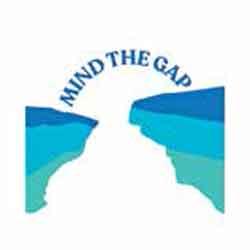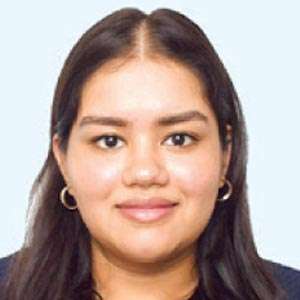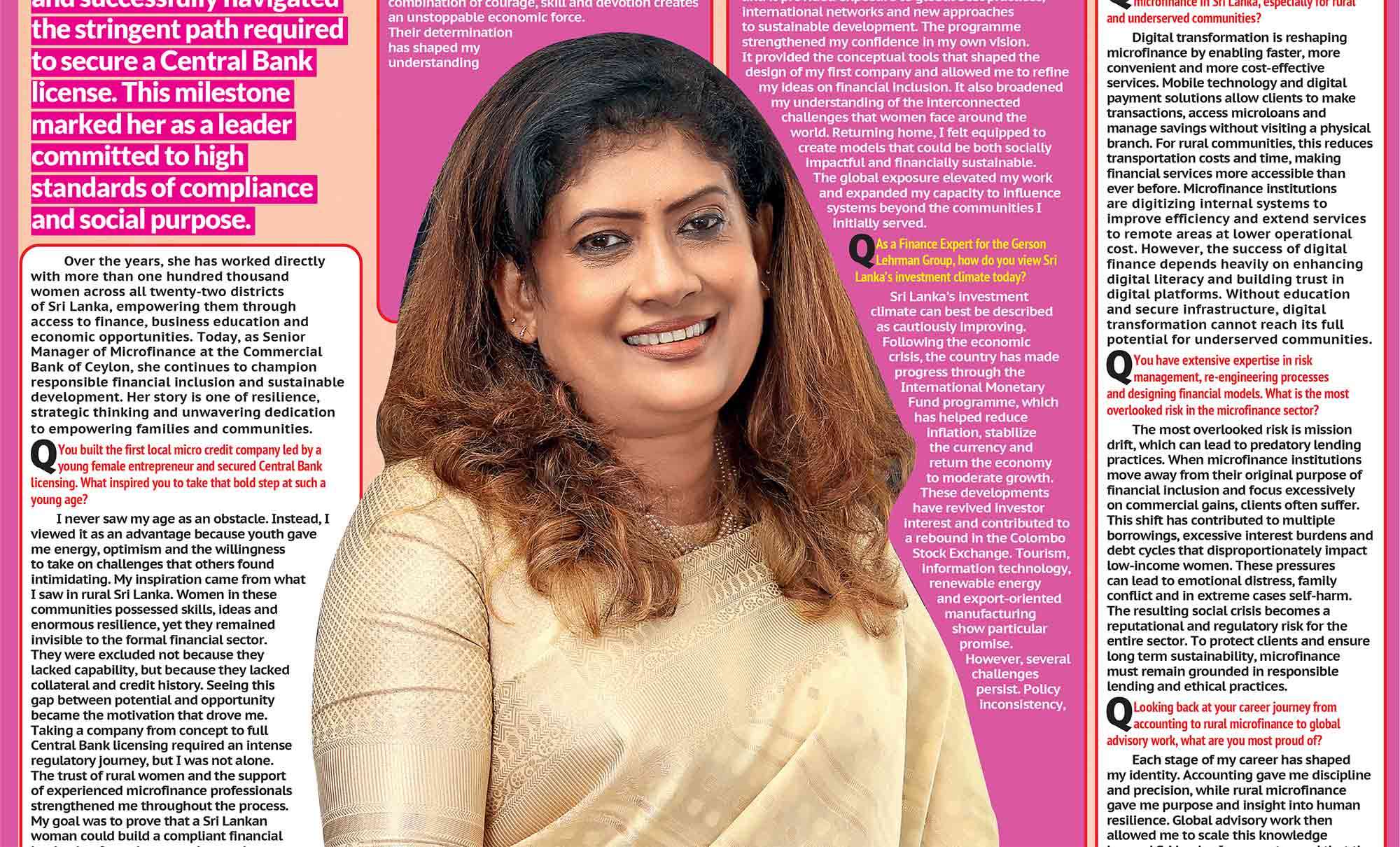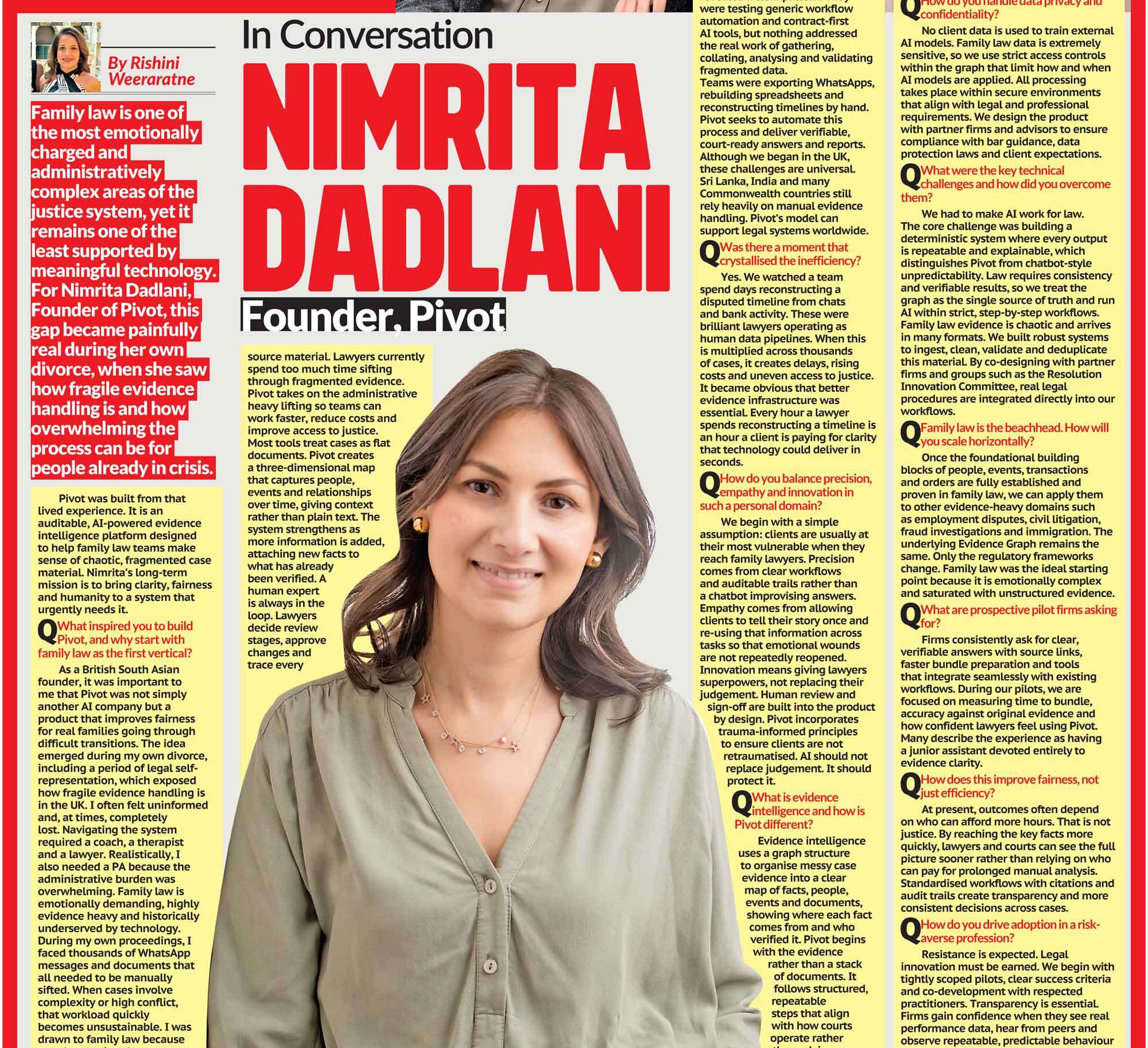The exact cause of ADHD is as yet unknown, although research suggests a combination of genetic and environmental risk factors. No single gene has been identified as the sole cause of ADHD, however it is frequently passed down in families.
It perhaps comes as no surprise to The Sun’s editorial team that I struggle with ADHD. That would explain all the 4am submissions; I’m sorry! The first 24 years of my life were spent fighting deadlines and to-do lists armed only with sleep deprivation and caffeine. Two years ago, working a job that required me to help other people through their struggles, I knew it was time to get my ducks in a row. The path to diagnosis was slow and expensive, but immeasurably rewarding, that is of course until I moved across the world and lost access to my medication, putting me back at square one.
But before I get ahead of myself, let me break it all down for you. What actually is ADHD?

ADHD stands for Attention Deficit Hyperactivity Disorder. Although commonly misperceived as a learning disability, ADHD is actually a neurodevelopmental disorder. The distinction here is that a learning disability affects core academic competencies such as reading, writing, language learning or math, which ADHD does not do. Instead, ADHD affects functions such as concentration, impulse control, time management, task initiation and emotion regulation.
The exact cause of ADHD is as yet unknown, although research suggests a combination of genetic and environmental risk factors. No single gene has been identified as the sole cause of ADHD, however it is frequently passed down in families. Environmental factors such as premature birth and prenatal exposure to toxins and addictive substances have also been correlated with an increased risk of ADHD. Research has also found differences in brain structure and function in individuals diagnosed with ADHD compared to those without.
 There are three types of ADHD. These are Predominantly Inattentive, Predominantly Hyperactive-Impulsive and Combined.
There are three types of ADHD. These are Predominantly Inattentive, Predominantly Hyperactive-Impulsive and Combined.
Predominantly Inattentive ADHD is more frequently diagnosed in girls than in boys. People with this type of ADHD experience more symptoms of inattentive behaviour than hyperactive or impulsive behaviour. They may be easily distracted or bored, have trouble starting and staying on task, process information slower than their peers, have difficulty with organization and following instructions and frequently appear as if they are daydreaming.
Predominantly Hyperactive-Impulsive ADHD is characterised by marked increase in symptoms of hyperactivity and impulsiveness compared to inattentiveness. People with this type of ADHD may have trouble sitting still or waiting their turn, constantly be fidgety and restless, talk over other people, act impatient and be unable to relax. This condition is more frequently diagnosed in girls than in boys.
As the name suggests, individuals experiencing Combined type ADHD have symptoms that don’t exclusively fall within one category. This type of ADHD is most commonly diagnosed in children, with boys being diagnosed more frequently than girls.
Once a diagnosis of ADHD is received, the most commonly used treatment methods include behavioral therapy and medications. The most commonly used ADHD medications are central nervous system stimulants, which work by increasing the levels of dopamine and norepinephrine neurotransmitters in the brain. These neurotransmitters play a crucial role in the higher-level cognitive functions of the brain with low levels resulting in difficulties with attention, focus and impulse control.

As with any psychotropic medications, taking stimulant medication may have some unwanted side effects. For this reason, it is extremely important to work alongside your psychiatrist or ADHD clinician when finding the right medication and dosage for you.
In today’s day and age, a diagnosis of ADHD isn’t the obstacle we once thought it was. There is no one-size-fits-all approach to managing symptoms, but we are more knowledgeable now than ever before- and with the myriad of lifestyle modifications, therapies and medications available to us, the sky truly is the limit!











